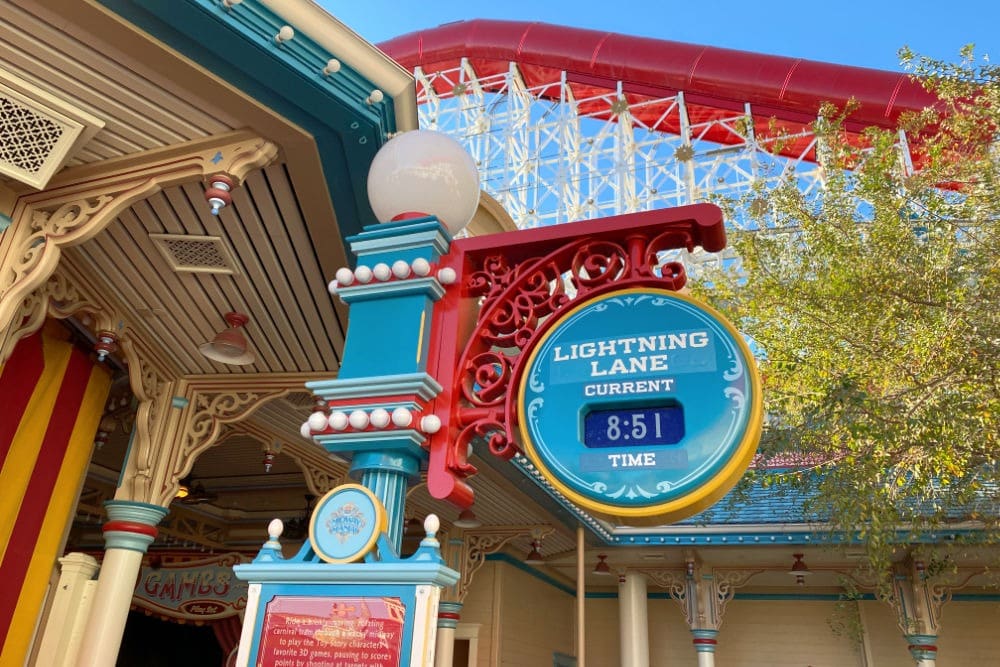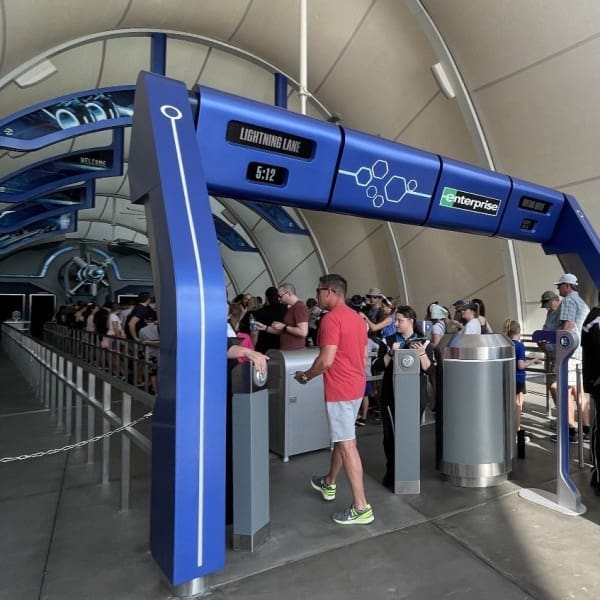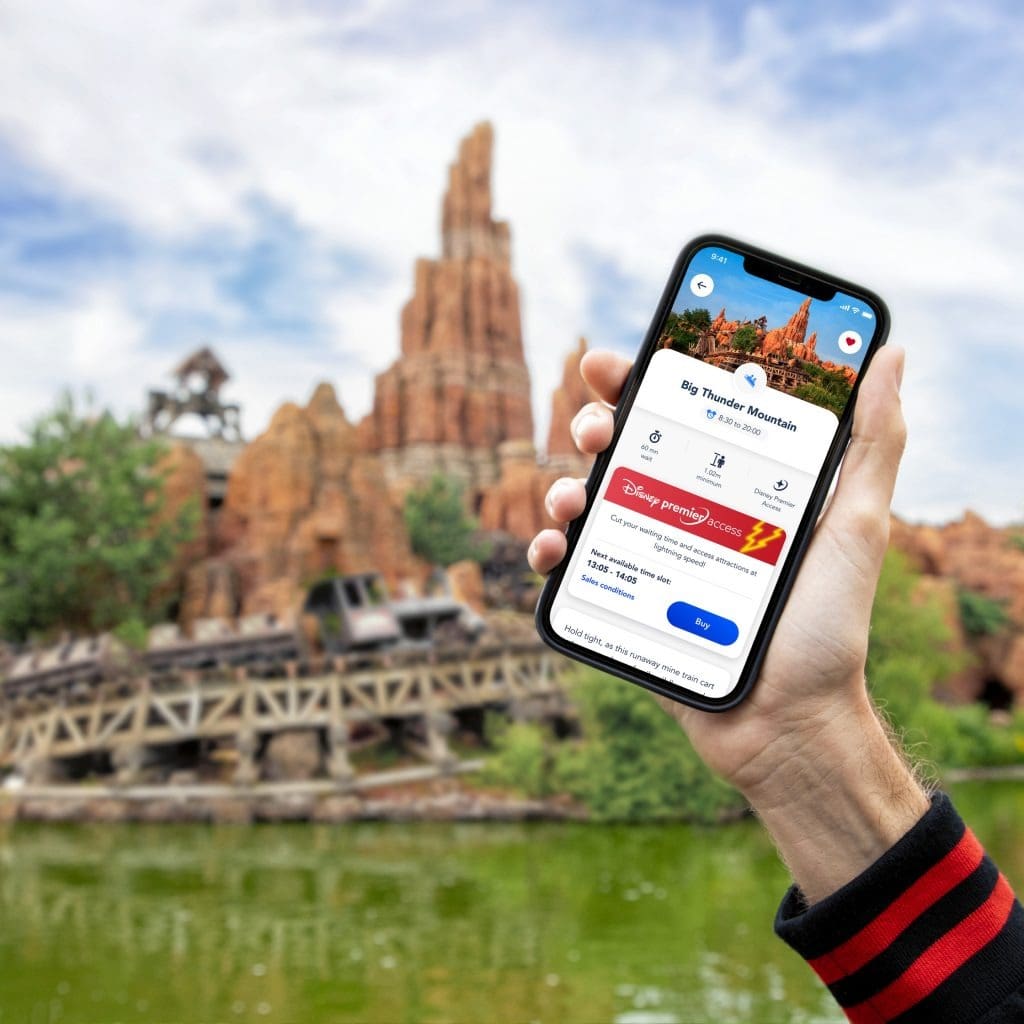Walt Disney once envisioned a place where families could come together and experience the joy of shared wonder, regardless of their economic status. However, with the introduction of the Lightning Lane system, set to replace the already controversial Genie+ on July 24, 2024, it seems that Disney has finally abandoned this dream in favor of blatant profit-seeking.
The new Lightning Lane system, far from simplifying the park experience, introduces a complex tiered structure that essentially creates a two-class system within the parks. Those who can afford to shell out up to $39 per person per day for the Multi Pass, or even more for coveted Single Pass access to top-tier attractions, will enjoy significantly reduced wait times and a more relaxed park experience. Meanwhile, families on tighter budgets will find themselves relegated to increasingly longer standby lines, watching as Lightning Lane users breeze past them to the front.
This system not only exacerbates existing inequalities but also fundamentally alters the shared experience that has long been at the heart of Disney’s appeal. No longer will children from different backgrounds stand side by side in line, bonding over their shared excitement. Instead, they’ll be divided based on their parents’ ability to pay, learning early lessons about privilege and exclusion in what should be the “Happiest Place on Earth.”
Furthermore, the psychological impact of constantly being passed by Lightning Lane users cannot be understated. For many guests, especially children, this constant reminder of their “lesser” status within the park can significantly dampen the magic and wonder that Disney has long prided itself on providing.
Navigating the Convoluted Lightning Lane System

Gone are the days when a ticket to Disney World granted equal access to all attractions. The new Lightning Lane system introduces a byzantine structure of tiers, passes, and scheduling windows that rivals the most complex frequent flyer programs.
Guests must now become expert strategists, planning their park visits with military precision. The Multi Pass allows for booking Lightning Lanes seven days in advance for resort guests, but only three days for other ticket holders. Then there’s the tiered system within each park, forcing guests to prioritize between one “tier one” attraction and two “tier two” attractions. Add to this the separate Lightning Lane Single Pass for the most popular rides, and you have a system seemingly designed to confuse and frustrate all but the most dedicated Disney enthusiasts.
This complexity doesn’t just impact the guest experience; it fundamentally changes the nature of a Disney vacation. Spontaneity and serendipity are replaced by rigid scheduling and constant phone-checking. Parents must become expert planners, potentially spending hours researching and strategizing to maximize their Lightning Lane usage. The pressure to “get your money’s worth” from these expensive add-ons can transform what should be a relaxing family vacation into a stressful race against the clock.
Moreover, this system disadvantages first-time visitors and those less tech-savvy, creating an uneven playing field where knowledge of the intricacies of the Lightning Lane system becomes almost as important as having a ticket to enter the park.
How Lightning Lane Inflates the True Price of a Disney Vacation
While Disney touts the Lightning Lane system as an optional convenience, the reality is that it’s becoming an essential part of the Disney World experience for those who want to avoid spending the majority of their vacation waiting in lines. This shift effectively raises the true cost of a Disney vacation far beyond the already steep ticket prices.
Consider a family of four visiting for a week. At up to $39 per person per day for the Multi Pass, they’re looking at an additional $1,092 just for basic Lightning Lane access. Factor in the Single Pass fees for top-tier attractions, which can easily run $15-$20 per person per ride, and a family could easily spend an extra $1,500 or more on line-skipping privileges alone.
This price inflation extends beyond just the Lightning Lane fees. By creating a system where advance planning is crucial, Disney is indirectly pressuring more guests to stay at expensive on-site resorts to gain that crucial seven-day advance booking window. The result is a vacation package that can easily run into five figures for a family, putting the Disney experience increasingly out of reach for middle-class families.
Furthermore, this system creates a perverse incentive for Disney to maintain or even increase wait times for standby lines. After all, the more painful the wait, the more likely guests are to feel pressured into purchasing Lightning Lane access. This raises serious questions about whether Disney is truly invested in improving the overall guest experience or simply in extracting maximum revenue from each visitor.
How Lightning Lane Kills the Magic of Discovery
One of the greatest joys of a theme park visit has always been the element of surprise and discovery. Wandering the park, stumbling upon unexpected delights, and making spur-of-the-moment decisions to hop on a ride or watch a show – these experiences have long been at the heart of the Disney magic. However, the Lightning Lane system threatens to eliminate this crucial aspect of the park experience.

With the pressure to pre-book Lightning Lanes and stick to a rigid schedule to maximize the value of these expensive add-ons, guests are left with little room for spontaneity. The joy of deciding on a whim to ride Space Mountain again is replaced by the anxiety of potentially “wasting” a pre-booked Lightning Lane slot. The serendipitous discovery of a shorter-than-expected line for a popular attraction is overshadowed by the need to stick to the Lightning Lane schedule.
This over-scheduling doesn’t just impact ride experiences. It can also lead to guests rushing through other aspects of the park, from dining experiences to simply taking in the immersive theming and atmosphere. The result is a more stressful, less magical experience that feels more like a checklist of attractions to be completed than a vacation to be enjoyed.
Moreover, this system disadvantages those who prefer a more relaxed, go-with-the-flow approach to their vacations. Families who don’t want to plan every moment of their trip weeks in advance may find themselves consistently shut out of popular attractions, forced to either conform to Disney’s preferred hyper-scheduled approach or accept significantly longer wait times.
How Lightning Lane Tethers Guests to Their Phones
In an era where many families view vacations as a chance to unplug and reconnect with each other, Disney’s Lightning Lane system paradoxically forces guests to remain constantly connected to their devices. The need to book and manage Lightning Lane reservations, check wait times, and optimize park strategies turns what should be a magical escape into a tech-driven obstacle course.

Parents, who may have hoped to encourage their children to look up from screens and engage with the wonders around them, now find themselves glued to the Disney app, constantly checking for available Lightning Lane slots or adjusting their schedules. The irony of spending thousands of dollars to visit an immersive, fantastical world, only to experience it primarily through a phone screen, is not lost on many guests.
This constant connection doesn’t just detract from the immediate park experience; it also raises concerns about data privacy and the commodification of guest behavior. Every Lightning Lane booking, every movement through the park tracked by the app, becomes data that Disney can use to further optimize their profit extraction strategies. Guests are not just paying for the privilege of shorter lines; they’re also providing valuable data that Disney can leverage for future monetization efforts.
Furthermore, the reliance on technology creates yet another barrier for certain guests. Those without smartphones, with limited data plans, or who struggle with tech literacy may find themselves at a significant disadvantage, unable to fully participate in what has become an essential aspect of the Disney World experience.
The Domino Effect: How Lightning Lane Impacts Non-Users
While Disney presents Lightning Lane as an optional add-on, the reality is that its implementation has far-reaching consequences that affect all park guests, even those who choose not to purchase it. The introduction of a paid line-skipping system fundamentally alters the dynamics of wait times and crowd flow throughout the parks.
As more guests opt for Lightning Lane access, standby lines for popular attractions grow longer and slower. This isn’t just a matter of perception; with a significant portion of a ride’s capacity now reserved for Lightning Lane users, the actual wait times for standby guests inevitably increase. This creates a self-reinforcing cycle: as standby waits grow longer, more guests feel pressured to purchase Lightning Lane access, further exacerbating the problem.
This effect ripples throughout the entire park experience. Guests stuck in longer standby lines have less time to explore other areas of the park, leading to decreased foot traffic in shops, restaurants, and less popular attractions. This can result in shortened operating hours or reduced staffing for these areas, further diminishing the overall park experience for all guests.
Moreover, the Lightning Lane system can create a sense of resentment and division among guests. Those in standby lines may feel a sense of unfairness as they watch Lightning Lane users repeatedly bypass them. This can lead to a less friendly, more competitive atmosphere that’s at odds with the spirit of community and shared joy that Disney has long cultivated.
The Cast Member Conundrum: How Lightning Lane Complicates Park Operations
While much of the discussion around Lightning Lane focuses on its impact on guests, it’s crucial to consider how this system affects Disney’s front-line employees, known as Cast Members. The implementation of Lightning Lane has significantly complicated their roles and potentially impacted their ability to create magical experiences for guests.
Cast Members manning attractions must now juggle two separate queues, ensuring a steady flow of both standby and Lightning Lane guests. This balancing act can be stressful and potentially lead to conflicts with guests who feel their wait times are unfair. Moreover, the pressure to maintain a certain Lightning Lane to standby ratio can lead to situations where Cast Members feel torn between efficiency metrics and providing a quality experience for all guests.
The complexity of the Lightning Lane system also means that Cast Members must become experts in explaining and troubleshooting a wide array of potential issues. From guests who misunderstood the booking process to technical glitches with the app, Cast Members are on the front lines of dealing with frustrations and complications arising from the system.
This added layer of complexity takes time and energy away from the core aspects of a Cast Member’s role – creating magical moments and ensuring guest safety. Instead of focusing on enhancing the guest experience through personal interactions and storytelling, Cast Members may find themselves spending more time managing queues and resolving Lightning Lane-related issues.
The Future of Disney: Where Does Lightning Lane Lead?
As Disney continues to push forward with the Lightning Lane system, it’s worth considering the long-term implications for the future of the Disney parks experience. The trend towards increasing monetization of every aspect of the guest experience raises serious questions about the sustainability of Disney’s current trajectory.
On one hand, the revenue generated by Lightning Lane and similar upcharge options allows Disney to continue investing in new attractions and experiences. However, this comes at the cost of potentially alienating a significant portion of their traditional customer base. As the price of a “complete” Disney experience – including Lightning Lane access – continues to rise, many families may find themselves priced out of the market entirely.
This shift towards a more exclusive, high-end experience could fundamentally alter the character of the Disney parks. Rather than being the accessible, middle-class family vacation destination it has long marketed itself as, Disney World may increasingly cater to a wealthier clientele willing and able to pay for premium experiences. This could lead to a loss of the diverse, multigenerational appeal that has been a hallmark of Disney’s success.
Moreover, the focus on short-term revenue maximization through systems like Lightning Lane may come at the expense of long-term brand loyalty and guest satisfaction. If visitors increasingly feel nickel-and-dimed or unable to fully enjoy the parks without significant additional expenditure, they may be less likely to return or to recommend the experience to others.
As Disney continues to evolve its approach to park management and guest experiences, it will need to carefully balance its desire for increased revenue with the need to maintain the magical, accessible image that has been central to its brand for decades. The success or failure of the Lightning Lane system may well determine the future direction of the Disney parks experience for years to come.

